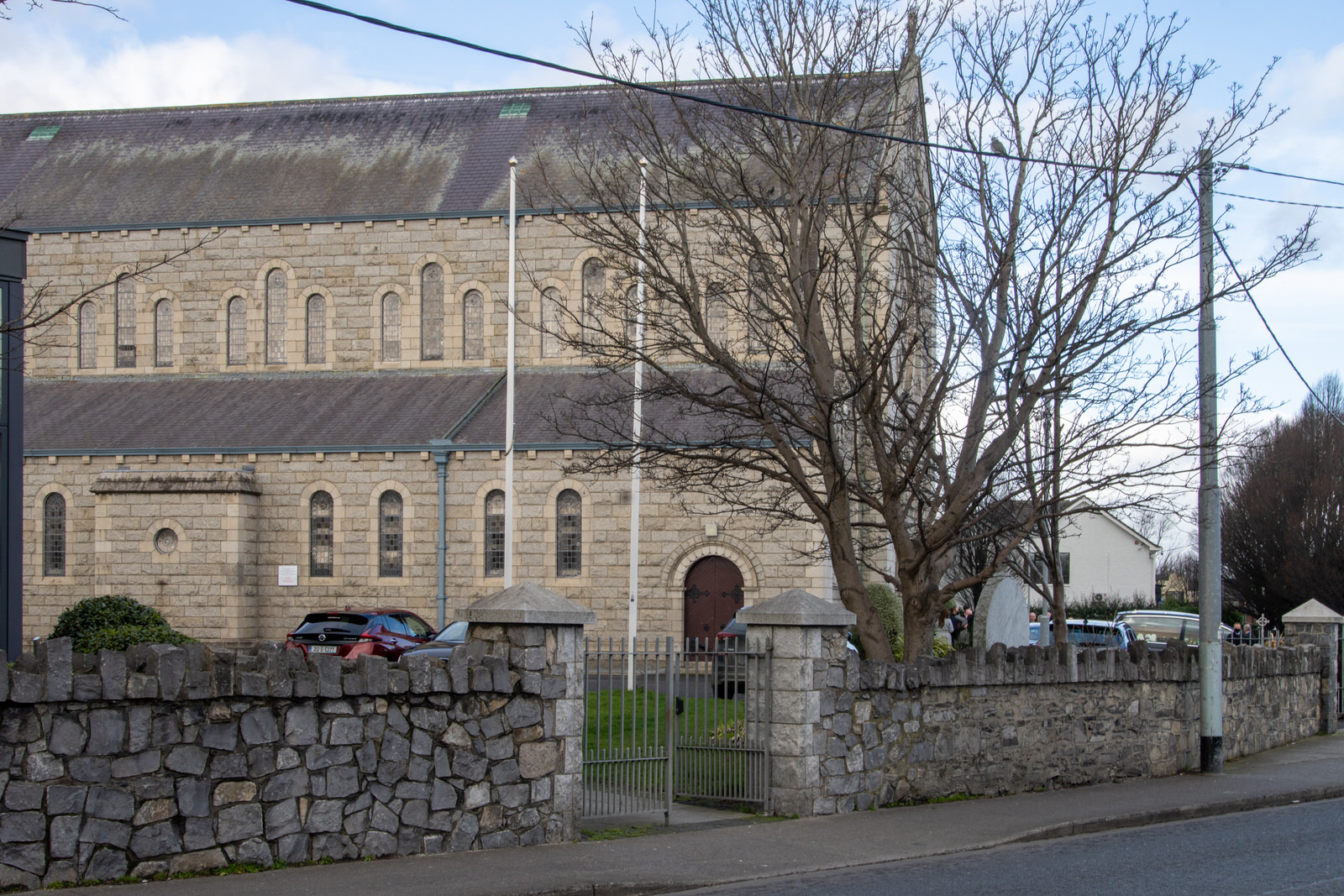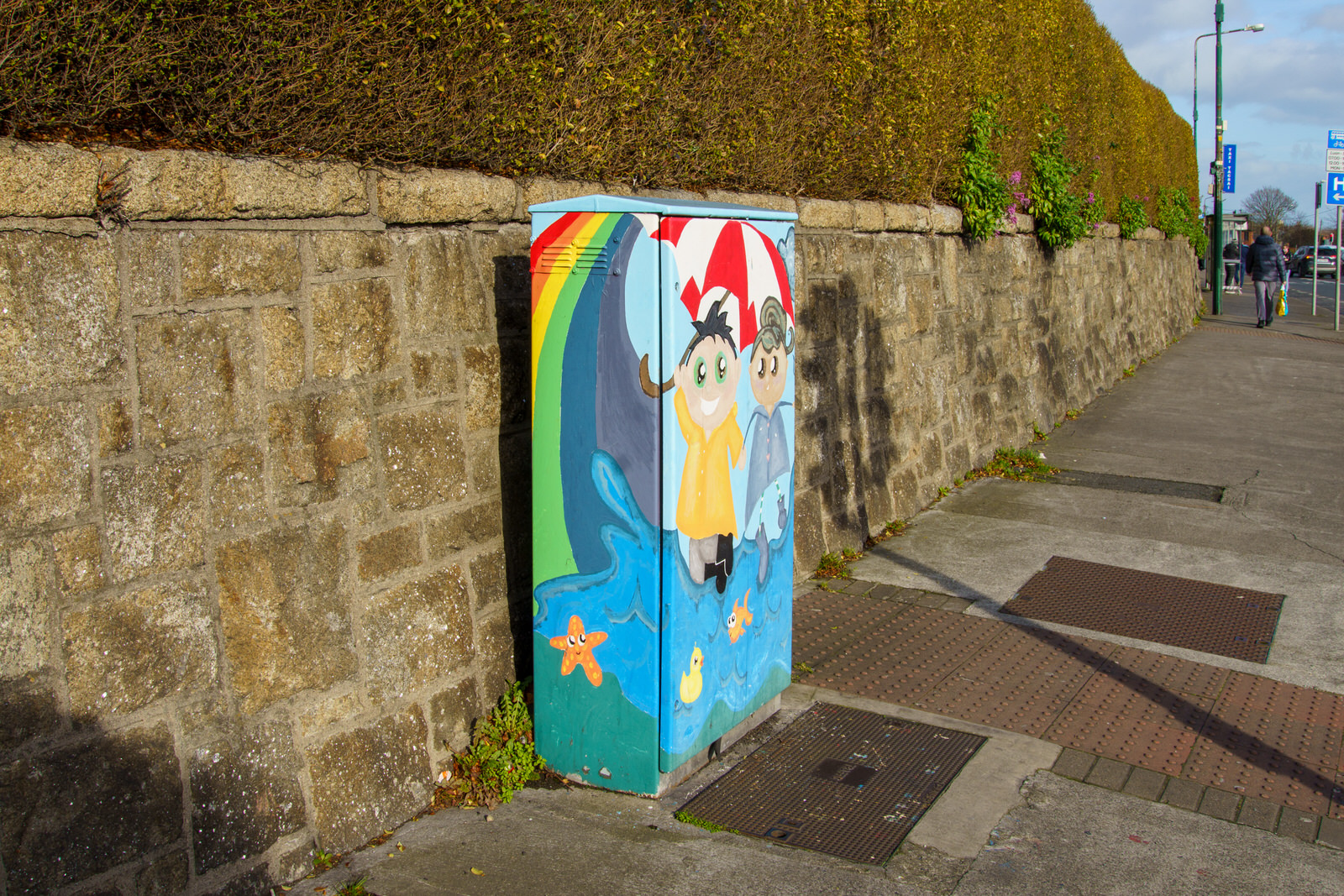CRUMLINAREAS OF DUBLIN
Crumlin covers the area from the River Poddle near the KCR (Kimmage Cross Roads) to Sundrive Road and Crumlin Cross at The Submarine Bar to Crumlin's village core and the Drimnagh Road, to Bunting Road, Crumlin Road then along the Grand Canal from Rialto Bridge to Sally's Bridge. It is situated near to the city centre, on the Southside of Dublin city. Neighbouring areas include Walkinstown, Perrystown, Drimnagh, Terenure, and Kimmage. Crumlin is contained within postal district Dublin 12.
During the medieval period, Dublin was surrounded by manorial settlements, each comprising a manor house, church and graveyard, farmland and cottages. These settlements grew into a network of villages around Dublin, creating stability and continuity of location.
Crumlin village developed as an Anglo-Norman settlement soon after the Norman Conquest in 1170 (although the circular configuration of the old graveyard of Saint Mary’s in the village suggests pre-Norman associations), and has survived through the centuries to become the village of today. The Old Saint Mary's Church stands on the site of a 12th-century church of the same dedication, and a succession of churches occupied the site down through the centuries to the present day. In 1193, King John (the then Earl of Moreton) gave the Crumlin church to form one prebend for the collegiate church of Saint Patrick. When the main body of the present old church was rebuilt in 1817, the old tower of much earlier origin was preserved.
Crumlin, along with Saggart, Newcastle, Lyons and Esker (Lucan), was constituted a royal manor by King John sometime before the end of his reign in 1216. The English noble families of the time had strong links with Ireland, particularly in Leinster. For example, William Fitz John of Harptree was a lord of some significance in Somerset and likely to have served in Ireland under King John. At the beginning of the reign of King Henry III, Fitz John acquired the custody of the lands of William de Carew and held the royal manor of Crumlin, although he did not establish family roots in Ireland.
During the 19th century, Crumlin was the centre for the production of bricks used in urban development around Dublin. The site at Brickfields Park contained yellow clay suitable for bricks.
Some of the local amenities in Crumlin, such as Pearse College on Clogher Road and Ceannt park, are named after some of the 1916 Rebels who had a training camp in nearby Kimmage at Sundrive crossroads.
Having been predominantly rural, the character of Crumlin changed dramatically from the 1920s onwards. The Corporation of Dublin built 702 new houses around this time to resolve overcrowding in the city centre, along with Iveagh Trust, who built 136 houses on a 30 acres (12 ha) site off Crumlin Road. In 1935, a further 2,915 properties were constructed after the Corporation had been given additional compulsory purchase powers, following by a further 2,416 in a site off Kildare Road by 1945.
The old church of St Mary the Virgin stands on a site of a 12th century property. In 1942, following the rapid housing development, it moved to a new site designed by McDonnell and Dixon in yellow brick. The other local church is St Agnes's, which opened in 1935.
A number of roads are named after some of Ulster's towns and various Irish towns associated with pagan or religious sites/towns. There's a statue of the warrior Cúchulainn situated opposite St. Mary's Church at the junction with Bunting Road. The statue is for Oisín, a Kildare man who played hurling in the Crumlin area. Cúchulainn, his father, was from the Cooley mountains around Louth, South Armagh where the Cooley Road in Drimnagh gets its name.
ST AGNE'S CATHOLIC CHURCHCRUMLIN VILLAGE
There was no church of any denomination in Terenure until the second half of the 19th Century. The original Catholic church of St. Joseph was designed by William Henry Byrne & Son, constructed between 1897 and 1905, and it’s an asymmetric romanesque building separated from the street by a short fence.
The current building is a large Gothic revival church started in 1904 but later extended in 1952, leaving the altar in the centre of the long nave, and two main entrance fronts. The intended spire was never completed. Inside, there are stained glass windows by Harry Clarke dating from the 1920s – the Crucifixion, the Annunciation, and the Coronation of Virgin in Glory, but unfortunately I did not get the opportunity to photograph them this visit.
From The Building News, May 20, 1898: “At Terenure a new Roman Catholic Church, dedicated to St. Joseph, is in course of erection from designs by Mr. W. H. Byrne, of Suffolk-street, Dublin. The building is Romanesque in style. It consists of nave 46ft. by 30ft., with north and south aisles lift, wide, chancel and sanctuary 70ft. in length and 30ft. wide, side chapels and transepts, and a tower and spire rising to a height of 160ft. The architects are Messrs. Michael Moade and Sons, of Great Brunswick-street, Dublin.”
Architect, of Dublin. William Henry Byrne was born on 17 May 1844. Byrne is particularly associated with Catholic church architecture and was architect to the Catholic dioceses of Killala, Ossory, Tuam, and Achonry and to the Sisters of Charity in Ireland, who ran the Mater, St Vincent's and Temple Street hospitals in Dublin. He was also architect to the South City Markets Co. Dublin, responsible for the reconstruction of the markets after the fire of 1893, and to Pim Brothers' large drapery establishment on the opposite side of South Great George's Street. He was architect to the North Dublin Union and architectural adviser to the Congested Districts Board and to the Inspectors of Lunatics. In 1903 he acted as assessor in the competition for a new public library in Drogheda.
PAINT-A-BOX STREET ARTEXAMPLES OF URBAN EXPRESSION IN CRUMLIN
On the 9th February 2022 I explored much of the Crumlin area of Dublin in order to select suitable locations to photograph in detail at a later date and I took the opportunity to photograph some examples of what I refer to as "Paint-A-Box Streetart".
Commercial DisclosurePLEASE NOTE THAT LINKS BELOW MAY REDIRECT YOU TO THE AMAZON LOCATION MOST LIKELY TO SHIP TO YOUR ADDRESS
You will find links to buy products from Amazon, Google and other partners. If you click on these links, you’ll find that the URL includes a small extra piece of text which identifies that the click came from my websites. This text is an affiliate code, and it means that I get a small percentage of the money you spend if you choose to buy that product, or, in some cases, other products from the site soon after. These affiliate links help pay the costs of producing my websites and ensure that the content is free to you.

Zeiss Batis 85mm f/1.8 Lens for Sony E Mount, Black
I HAVE THIS AND THE 135mm LENS
VERSATILE FULL-FRAME LENS: The powerful lens for the mirrorless full-frame system of Sony fulfills the highest requirements. Despite its compact design, the image meets the expectations of professional photographers. EXCELLENT RESOLUTION AND HIGH CONTRAST: Richly saturated and vivid colours are a must in the creation of lasting impressions. However, stray light within an optical system leads to a lightening of the image that is particularly noticeable in the shadows. This reduces image contrast, with the result that exposures lack contrast and appear faded. To avoid this, ZEISS combines various specially developed technologies to reduce the undesirable effects of stray light. ROBUST AND WEATHERPROOF METAL CONSTRUCTION: Thanks to features that are designed to keep out dust and spray water, the lens is perfectly suited for critical outdoor conditions. It is also designed for many years of intensive use. SMOOTH AND RELIABLE AUTOFOCUS: The design of the autofocus system requires an extremely accurate shifting of particular lens groups. The focusing system of ZEISS lenses is designed to ensure a robust and smooth-running autofocus mechanism with the best imaging performance.
YOU SHOULD ALSO CONSIDER THE 25mm LENS


